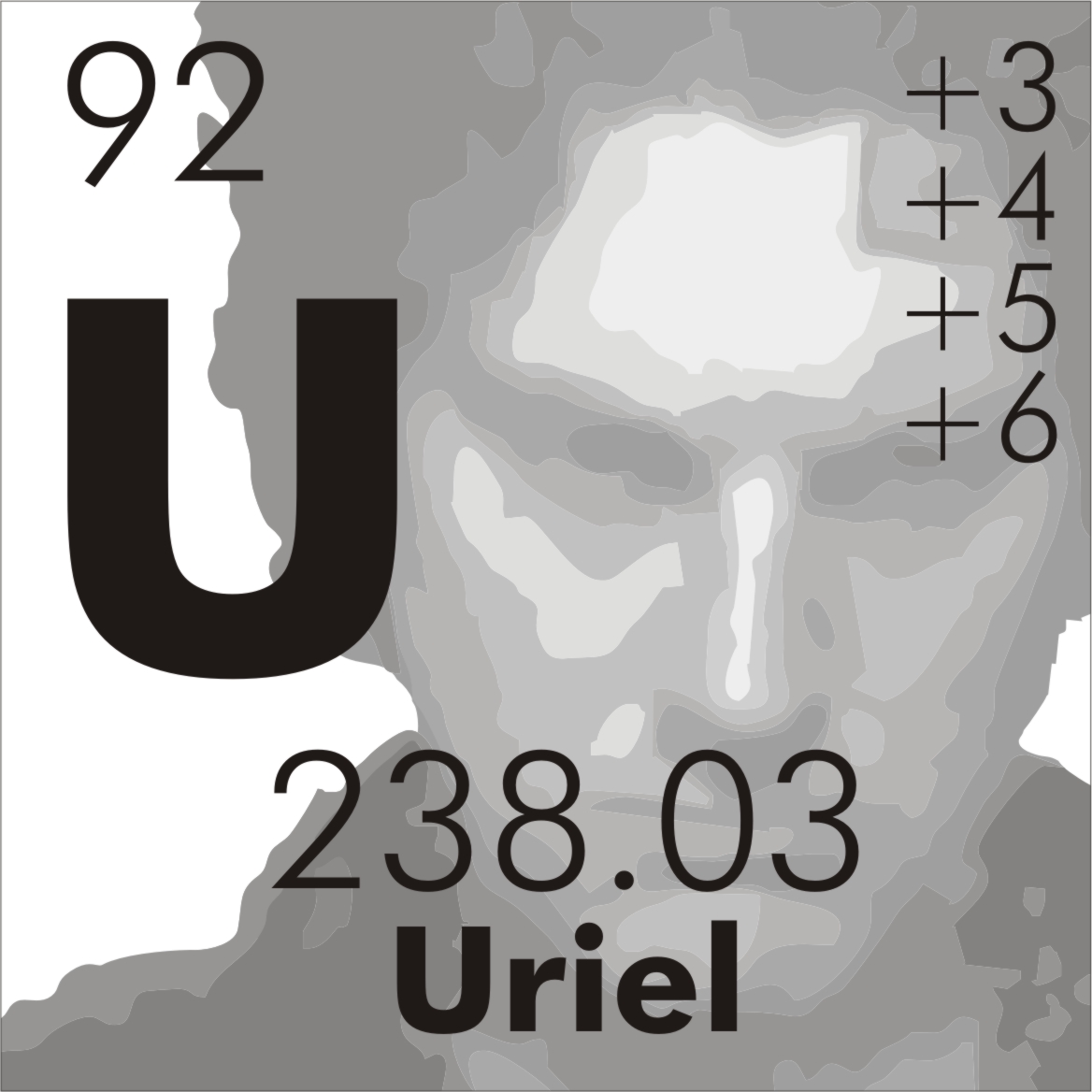Why censor the last S in diagnosis? Is this some new trick to grab my attention that I just fell for?
diagnosus
It’s part of the stupidification process.
It’s plural for diagnosis.
Well in order to not fall in love with his sister every word of sis must be made unrecognisable.
So diagno sis is not allowed.
Hats off this is the best reasoning of all 🤧😂
I just got the image like this, idk why they did that.
Where did you get it from?
deleted by creator
196 on reddit lol.
Accidental tap?
Jeez people are getting lazy these days: not cropping screenshots, leaving misstaps in the middle of the image… It takes half a second to press undo >:((
And why not censor the last s in the other instance of diagnosis?
In the mental health field in particular, it’s not unusual to list various not-a-diagnosis problems, stress factors, life circumstances type things, in the diagnosis list (see also: social determinants of health). E.g., a lot of my patients are homeless, and I also work with a lot of forensic patients, so their diagnosis lists often includes “homeless” or “legal problem”. Which, obviously, aren’t actual diagnoses, but it’s often the best way to communicate to other members of the care team or future caregivers what the major factors are influencing a patient’s health. For many people, “low income” is a major source of stress which drives or exacerbates their mental health problems, so it does make sense to include if the therapist thinks it’s a factor.
Now, why it’s the only item listed is another question entirely. It could be a quirk of whatever system they use for patients to view their records; with the electronic medical record system my employer uses, on some screens it only shows the first item in the diagnosis list, so if I put in “homeless” first then that’s all I would see on some pages. The system isn’t smart enough to know what’s an actual diagnosis or not, so it relies on humans to put in the data correctly.
A couple years back I saw a tweet from a therapist saying that something like 90% of their patients would not need therapy if they made more money.
turns out shit lives makes people feel like shit
I could see that. I work at a psych hospital so it’s a somewhat different patient population, but I’d bet that easily 10-20% of my patients would never end up here if they just … had enough money. And most of the rest wouldn’t be here as often.
Precarity does that. And yeah, the number of households in precarity (worried about rent, housing, health, food, etc.) is between 66% and 88% in the US.
Also there’s intergenerational dysfunction ever since the industrial age and the rise of the nuclear family.
We’re all mad here. 🐇🎩🫖
Interesting.
Censoring the “cis” soundalike
Really?
If there’s a better explanation, I’m all ears.
Hi cyst
Did someone censor the buttons?
That’s actually Rule #1 for every aspect of American life, not just healthcare
Unfortunately health care is a privilege and not a right in this so-called “greatest country in the world”.
You have the freedom to pass away because nobody cares about you if you’re poor.
but…“sanctity of life”
/s
Not a diagnosis because too broad
It’s a SDoH (Social Determinants of Health) code (almost certainly Z59.6 - Persons with potential health hazards related to socioeconomic and psychosocial circumstances - Problems Relating to Housing and Economic Circumstances - Low Income).
Probably not intended to be a primary diagnosis. Somebody else mentioned that a lot of EHR software will grab whatever the first diagnosis code is and display it as the primary.
The poor don’t sue
How is a diagnosis discriminating? Like is it discriminating to a person to tell him his problems stem from having cancer? I mean… yeah the diagnosis is bullshit, probably made up by the op, but still… Discriminating? Oo
The title is unrelated to the image, the only commonality is the image refers to diagnosis and being poor. Healthcare does discriminate against the poor but the image isnt an example.
Yes
Shit life syndrome












